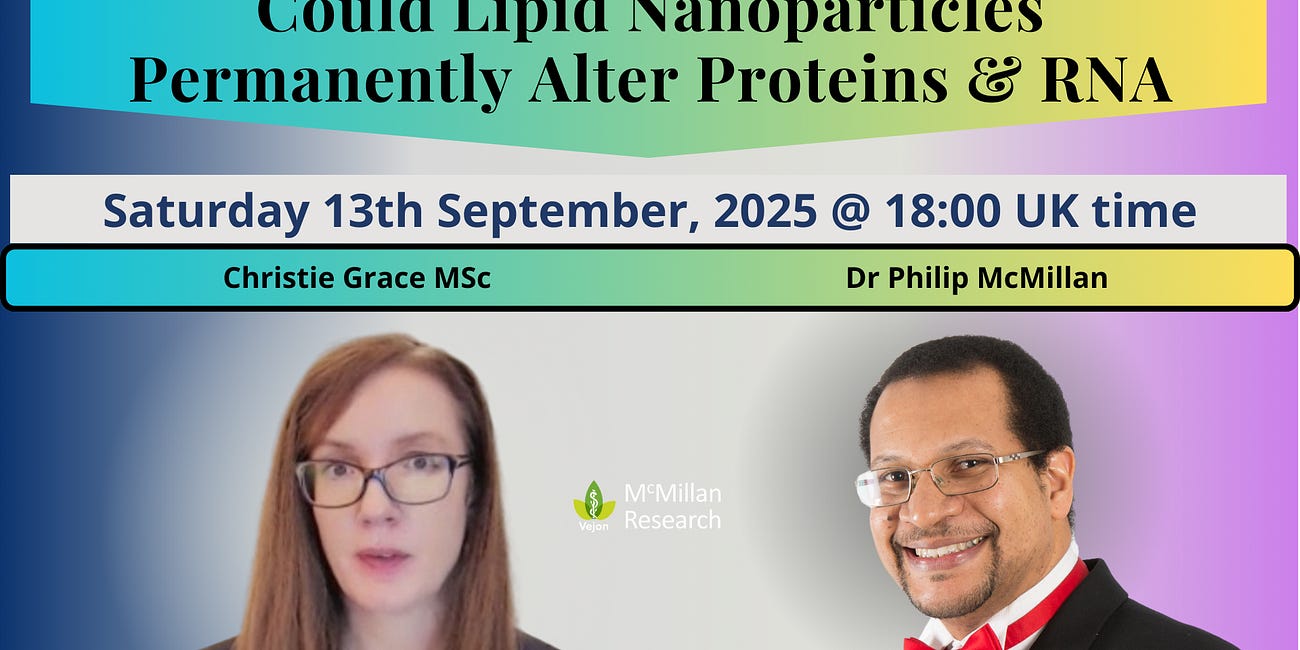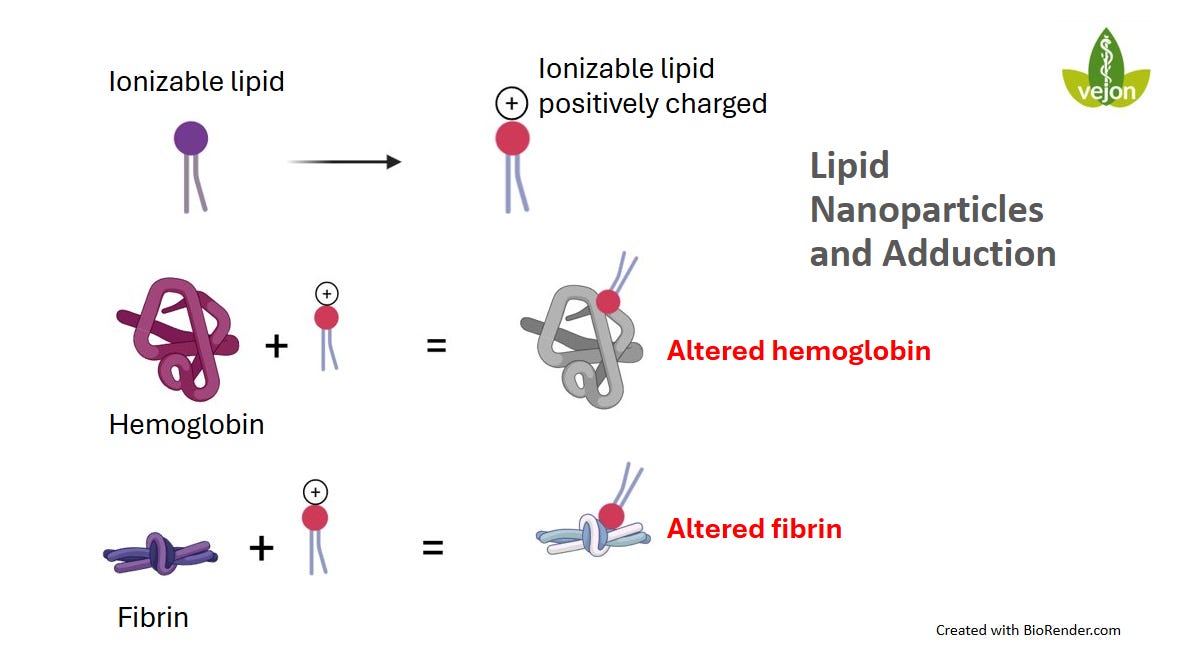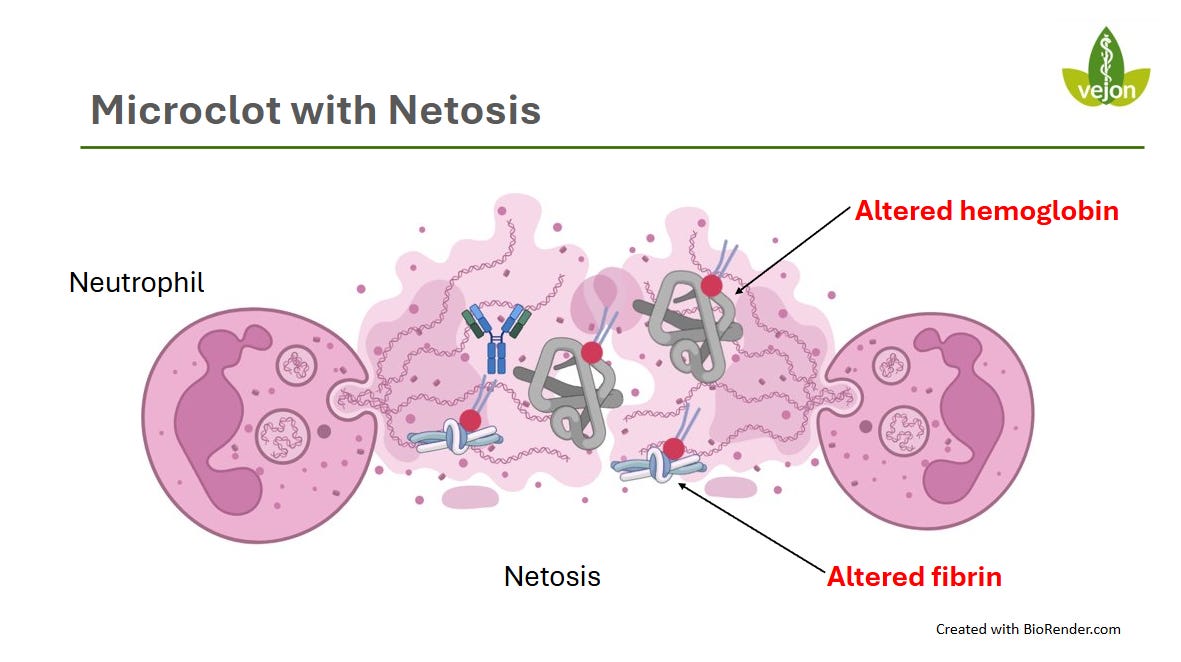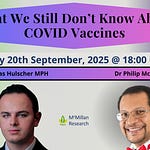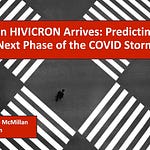This is a topic that simply refuses to go away.
Since late 2020, embalmers around the world have been reporting unusual clots. Long, fibrous, rubbery, often white rather than the dark red we expect. They are not the usual post-mortem findings and, for many, they look almost alien. Some have compared them to calamari.
Early on, these reports were dismissed. The documentary Died Suddenly made the issue easier to brush aside as sensationalism. But in doing so, many missed the central scientific question: are these clots real, and if so, what could be causing them?
Over the last few years, I’ve followed this story closely. The tireless work of embalmers like Richard Hirschman and advocates like Tom Haviland has kept the issue alive. And recently, I had a conversation that opened up a new line of thought.
That conversation was with Christie Grace, a biotechnology researcher who has raised the alarm about a critical flaw in how we think about lipid nanoparticle (LNP) technology. Her focus is not on the mRNA itself, but on the packaging — the ionizable lipids that hold the RNA in place. These lipids are designed to change their charge depending on pH, which helps them deliver their cargo into cells. But under the wrong conditions, they can become chemically reactive.
The Fatal Flaw in mRNA: How Lipid Nanoparticles Could Take Down the Platform
When I first began looking into the hidden chemistry of mRNA technology, I expected complexity, but I did not expect to find evidence that could shake the foundations of the entire platform (timecodes below).
This is where the concept of adduction comes in. An adduct is a permanent chemical bond between a reactive fragment and a biological molecule like RNA, DNA, or protein. Once an adduct forms, the protein’s shape is altered, sometimes exposing sticky amyloid-like surfaces or crosslinking proteins together. Think of it as chemical “superglue” that doesn’t wash off.
Now, imagine this process happening with fibrinogen and hemoglobin — the very building blocks of blood clots. The result is misfolded, sticky proteins that resist breakdown. Instead of dissolving, they linger. Instead of breaking apart, they fuse. Over time, these microclots can build up silently.
And here’s the critical piece: when an embalmer introduces formaldehyde during their work, the chemistry doesn’t stop — it accelerates. Formaldehyde is itself a potent crosslinker. It can bind to the same proteins, locking them into insoluble structures. What may have been small, dispersed microclots in life suddenly amalgamate into massive, rope-like clots after death.
This could explain why embalmers see them so consistently, yet doctors rarely report them in living patients. In life, the body still has circulation, antioxidant defenses, and fibrinolytic systems that keep the process partly in check. After death — especially with embalming — those brakes are gone, and the hidden chemistry reveals itself.
Do I know this for certain? No. This is scientific extrapolation, not proof. But when multiple strands of evidence converge — unusual clot structure, fluorescence under UV light, the amyloid signal, and the known chemistry of adducts — it points to a hypothesis worth testing.
Christie Grace has rightly argued that this kind of risk should have been evaluated under existing genotoxicity guidelines (ICH M7). But vaccines were exempted, leaving a blind spot in safety assessment. That, in my view, is not acceptable.
The clots embalmers are seeing are real. The chemistry of adduction is real. The question is whether the two are linked — and whether regulators, researchers, and the public have the courage to investigate without fear of what the answer might reveal.
Are the Embalmers Clots Occurring in the Living?
How can you discount over 20 years of experience in dealing with clots and not thoroughly investigate the phenomenon?
Vejon COVID-19 Review is a reader-supported publication. To receive new posts and support my work, consider becoming a free or paid subscriber.


